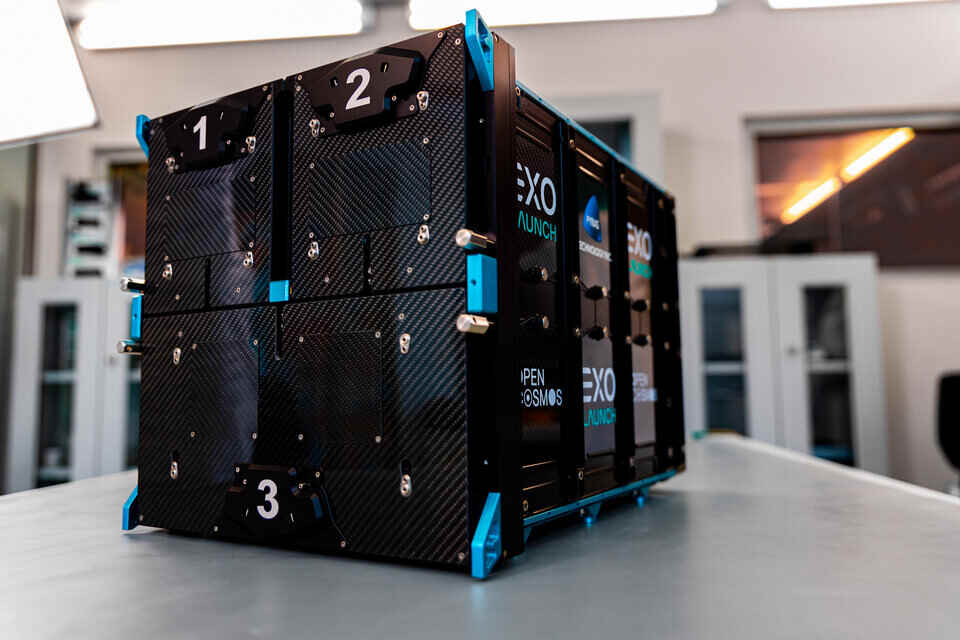THE LATEST
ESA's Φsat-2 satellite highlights the power of AI in earth observation

Φsat-2 promises smarter and more efficient monitoring of our planet
The European Space Agency (ESA) is preparing to launch the groundbreaking Φsat-2 satellite, which is dedicated to Artificial Intelligence (AI) missions to revolutionize Earth observation. The satellite is equipped with a powerful onboard AI computer and a multispectral camera. Φsat-2 combines advanced technology and innovative applications to deliver real-time insights and actionable information about our changing planet.
Φsat-2, measuring just 22 x 10 x 33 cm, represents a significant leap forward in the capabilities of satellite-based Earth observation. The satellite utilizes AI algorithms to analyze and process imagery in real time using its extended onboard processing.
One of the remarkable features of Φsat-2 is its ability to convert images into maps seamlessly, providing actionable information from raw data. It can detect clouds, classify them, and offer insights into cloud distribution to ensure that only clear and usable images are transmitted back to Earth. This innovative approach contrasts with traditional satellites that downlink all captured images, including those obscured by clouds.
Additionally, the satellite is designed to detect and classify vessels, contributing to the monitoring and regulation of maritime activities. Through machine learning techniques developed in collaboration with CEiiA, Φsat-2 offers a valuable tool for enhancing maritime security and supporting environmental conservation efforts.
Φsat-2's AI capabilities extend to on-board image compression and reconstruction, reducing file sizes and increasing the speed of data download. This is particularly important for timely response to events like natural disasters, where quick access to high-quality imagery is vital for emergency response teams.
In addition to its image processing capabilities, Φsat-2 has two additional AI applications selected through the OrbitalAI challenge organized by ESA's Φ-lab:
1. Marine Anomaly Detection, developed by IRT Saint Exupery Technical Research, uses machine learning to spot anomalies in marine ecosystems in real time, such as oil spills, harmful algae blooms, and heavy sediment discharges.
2. Wildfire Detection, developed by Thales Alenia Space, provides critical real-time information to response teams by offering a classification report that helps locate and track wildfires.
The Φsat-2 mission is a collaborative effort between ESA and Open Cosmos, with support from an industrial consortium. It is scheduled to launch in July 2024 on a SpaceX Falcon 9 from the Vandenberg Air Force Base in California. Nicola Melega, Φsat-2 Technical Officer at ESA, stated that "Φsat-2 will unlock a new era of real-time insights from space and will allow for custom AI apps to be easily developed, installed, and operated on the satellite even while in orbit."
The launch of Φsat-2 marks a significant milestone in Earth observation, harnessing the power of AI to enhance the understanding of our planet. It has the potential to drive advancements in various industries and enable smarter and more efficient monitoring, aiding in environmental conservation, disaster management, and maritime security.
Φsat-2 represents a remarkable step forward in the fusion of space and AI technology, highlighting ESA's commitment to pushing the boundaries of Earth observation.
